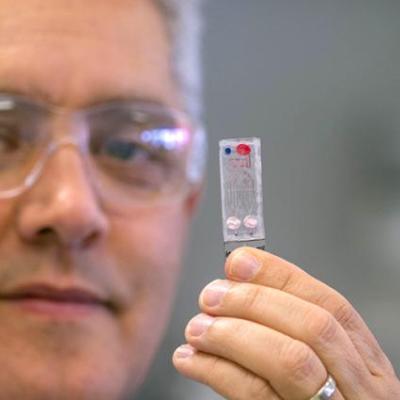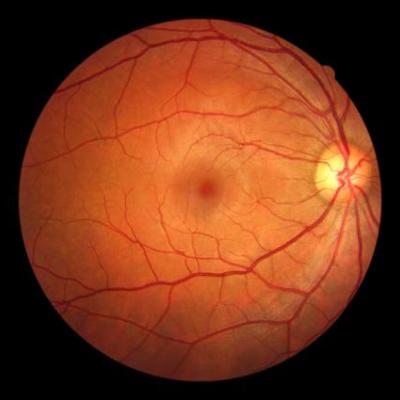Commercial fiber optic cables are the current standard for carrying optical signals in industries like communications or medical devices. However, the fibers are made of glass, which do not have favorable characteristics for applications that require flexibility and re-routing, e.g. typically brittle, limited selection of materials, dimension constraints.

LLNL researchers have developed a portable device which analyzes one or multiple types of body fluids or gases to test for one or more medical conditions. A bodily fluid (such as blood, perspiration, saliva, breath, or urine) is put into a condenser surface and is then separated into both a primarily gas fluid component and a second one that is primarily liquid. These two samples from the same…

LLNL scientists have developed a method to ensure the accuracy of that tomographic image by applying adaptive optics (AO) to OCT in a single instrument (AO-OCT). AO stabilizes the image being captured by the OCT device by utilizing a Hartmann-Shack wavefront sensor and a deformable mirror, a type of mirror designed to compensate for detected waveform abnormalities (such as ones caused by a…

Using various excitation wavelengths, a hyperspectral microscope takes advantage of autofluorescence and polarized light scattering from cellular components to obtain composite images that highlight their presence. The light collection efficiency is maximized to achieve image acquisition times and rates suitable for in vivo applications.


